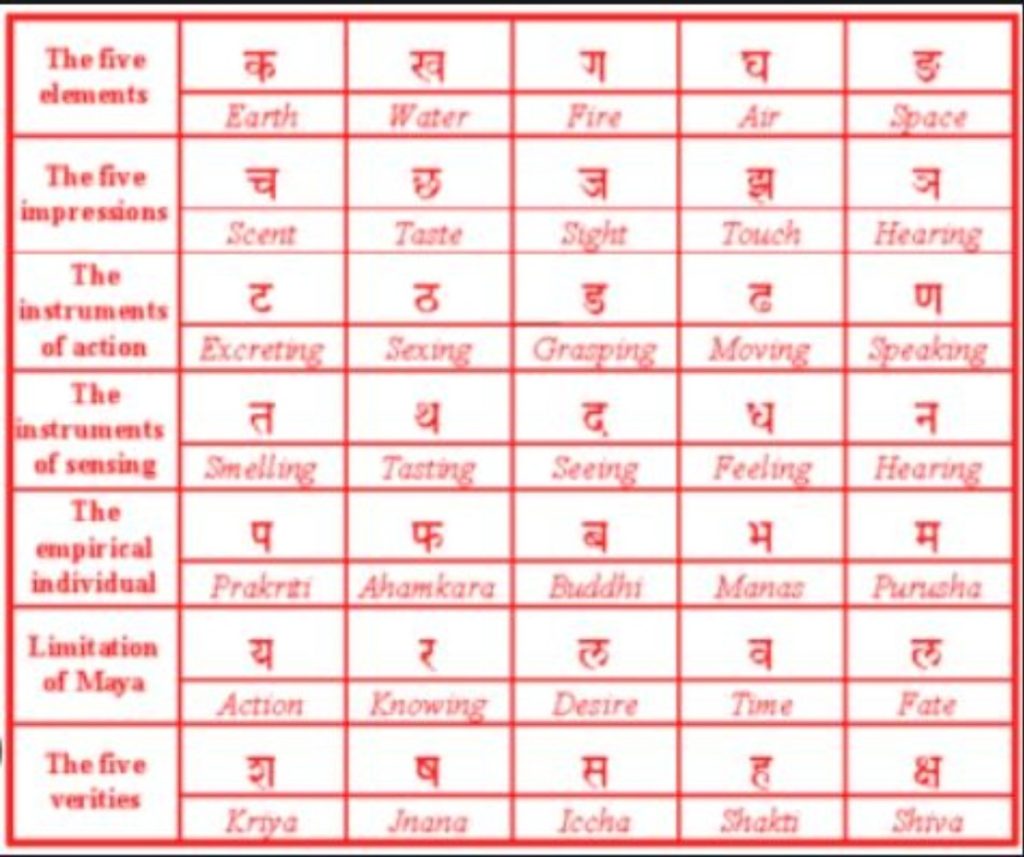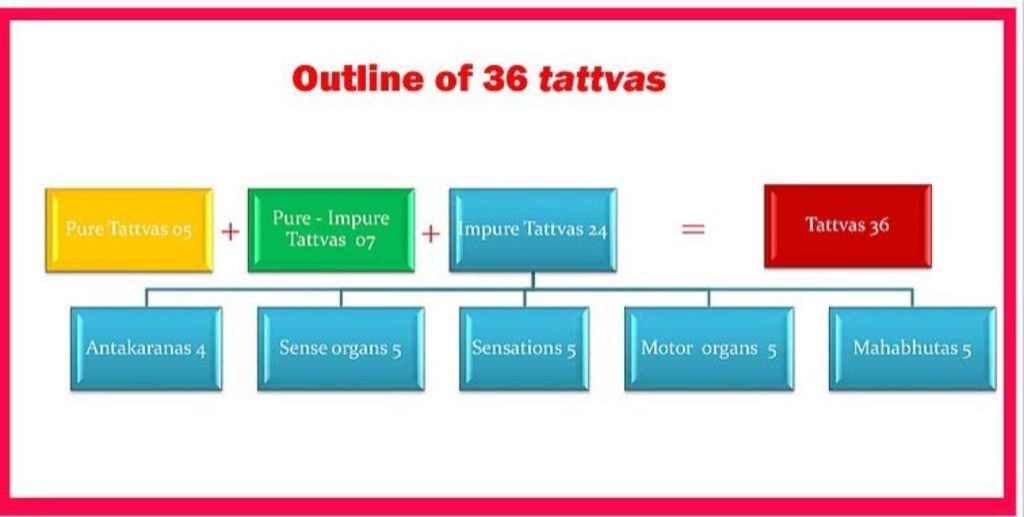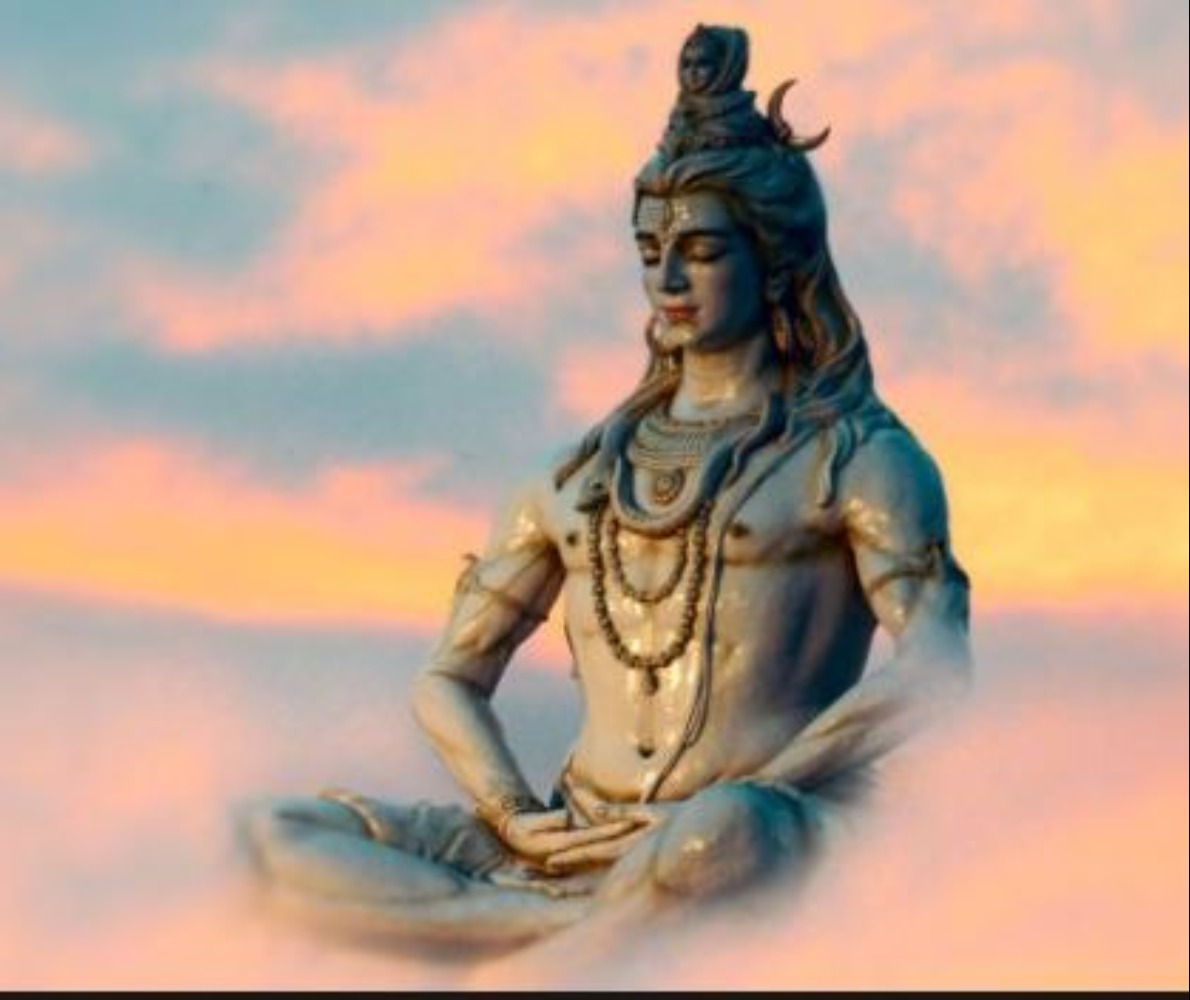Whether they belong to Hinduism or not, Indian philosophers have been familiar with the concept of tattvas and its significance since ancient times.

Tattvas are used to explain the structure and origin of the Universe. They are usually divided into three groups: śuddha (pure tattvas); śuddhaśuddha (pure-impure tattvas); and aśuddha (impure tattvas).
To subscribe please click tau.id/2iy6f and access our live channel.
The pure tattvas describe internal aspects of the Absolute; the pure-impure tattvas describe the soul and its limitations; while the impure tattvas include the universe and living beings that assist the existence of soul.
ALSO READ: 10 Wholesome Alternatives to Rice
Introduction
Tattvas are the basic concepts to understand the nature of absolute, the souls and the universe in Samkhya and Shaivite philosophies. Samkhya philosophy lists 25 tattvas while later Shaivite philosophies extend the number to 36.
Their presence or absence, combination and permutation play an important role in the creation of the diversity of worlds, their objects and beings, individual bodies, limbs and organs. In short their aggregation and segregation constitute the building blocks of the whole material manifestation.

Meaning of Tattva
One of the most popular expressions found in the Upanishads is “Tattvamsi” which means “Thou art That”, which is used in many schools of yoga as a meditative mantra. Tat means “that” tvam means “you” or “the individual”. Thus tattvam means that which is both transcendental and immanent, or macrocosm and microcosm, or Godhead and also the individual.
Significance of Tattva
The Samkhya school of Hinduism made the concept of tattvas their central philosophy while detailing the process of creation. However, Saivism identifies 36 tattvas and considers Siva tattva as the highest. Beyond Siva tattva is the atattva, which is not counted among the 36.
Five pure tattvas
- Śiva: One of the two aspects of the omniscient, omnipresent, conscious Absolute. In this essence, the Absolute doesn’t consist of any desire (icchā), action (kriyā) or Knowledge (jnāna) related properties.
- Śakti: Pairing of Śiva-Śakti causes the creation of all the lower tattvas. The paired Śiva-Śakti is omniscience and consistently active, also known as Gyan and Kriya, respectively.
- Sadākhya: This Sadasiva tattva is responsible for the appearance of aham or self. This tattva is when kriyāśakti and jnānaśakti of the Absolute are in equilibrium.
- Iśvara: The tattva where the fourth act of Panchakritya – delusion or concealment happens. Iśvara tattva activates the souls which are concealed by self-awareness.
- Śuddha Vidyā: Here, “self-ness” and “this-ness” become balanced. The other three acts of Panchakritya – creation, maintenance and destruction happen at the suddhavidya.

Seven pure-impure tattvas
- Māyā: It hides the divine nature of created beings as it creates the sense of separateness from the Divine and from each other.
- Five kanchukas: the veil of time, the veil of limited knowledge, the veil of desire, the veil of causality, the veil of being limited.
- Purusha: Purusha is the soul. It pairs with maya, the final manifestation of god along with five kancukas. These five vidya tattvas are idle in nature.
Twenty-four impure tattvas
- The Four Antahkarana: Antahkarana is a collective term for the 4 tattvas-prakṛti, buddhi, ahamkāra and manas.
- Five sense organs: the medium to experience smell (ghrāna), the medium to experience taste (rasana), the medium to experience sight (caksus), the medium to experience touch (tvāk), and the medium to experience sound (śrotra).
- Five motor organs: the organ responsible for excretion (pāyu), the organ that enables procreation and sexual enjoyment (upasthā), the organ that makes ambulation possible (pāda), the organ that enables grabbing and touching (pāni), and the organ that makes sound/speech possible (vāk).
- Five subtle elements: gandha (smell), rasa (taste), rūpa (form), sparśa (touch), and śabda (sound).
- Five gross elements: The five gross elements (mahābhuta) represent the final point of manifestation such as prthvi (earth), jala (water), tejas (fire), ākāśa (ether or space), and vāyu (air).
Conclusion
While mahābhūtas are the basis for the material world, tanmātras are but limited aspects and views of it, in no way able to fully describe it. We cannot actually perceive the reality, all we can access are limited “bands” of information that form a description of reality.
This restriction however applies only to the limited beings (jiva, or aṇu). For one who has gone beyond māyā, in the realm of the pure tattvas, there can be direct perception of reality, because as one’s self is Ātman, so are the external objects. In such a state an enlightened being can perceive the world beyond the five senses (direct perception), in a state of diversity in unity and unity in diversity.




